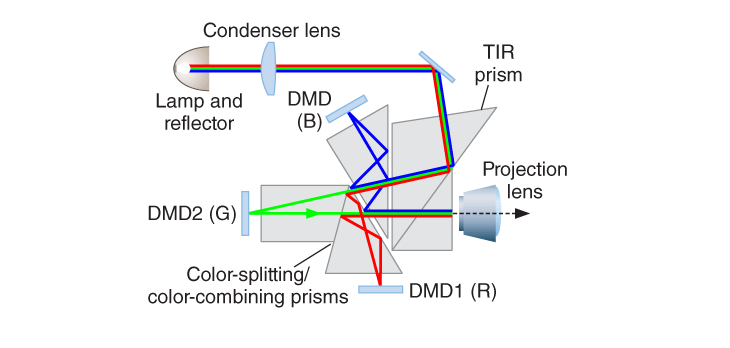Digital Light Processing (DLP)

Digital Light Processing (DLP) is a process in additive manufacturing, also known as 3D printing and stereolithography, which takes a design created in a 3D modeling software and uses DLP technology to print a 3D object.
How Digital Light Processing Works in 3D Printing
In this process, once the 3D model is sent to the printer, a vat of liquid polymer is exposed to light from a DLP projector under safelight conditions. The DLP projector displays the image of the 3D model onto the liquid polymer. The exposed liquid polymer hardens and the build plate moves down and the liquid polymer is once more exposed to light. The process is repeated until the 3D modle is complete and the vat is drained of liquid, revealing the solidified model. DLP 3D printing is faster and can print objects with a higher resolution. The Envision Tec Ultra, MiiCraft High Resolution 3D printer, and Lunavast XG2 are examples of DLP printers.
History of Digital Light Processing
Larry Hornbeck of Texas Instruments created the technology for Digital Light Processing in 1987. DLP is used for projectors and uses digital micromirrors laid out in a matrix on a semiconductor chip called the Digital Micromirror Device. Each mirror represents a pixel in the image for display. Several applications use DLP technology including projectors, movie projectors, cell phones, and 3D printing.
Hideo Kodama of Nagoya Municipal Industrial Research Institute made the first published account of a 3D printed solid model in 1981 using photoplymer technology.
To learn more about the latest in 3D Printing, check out our 3D printing.